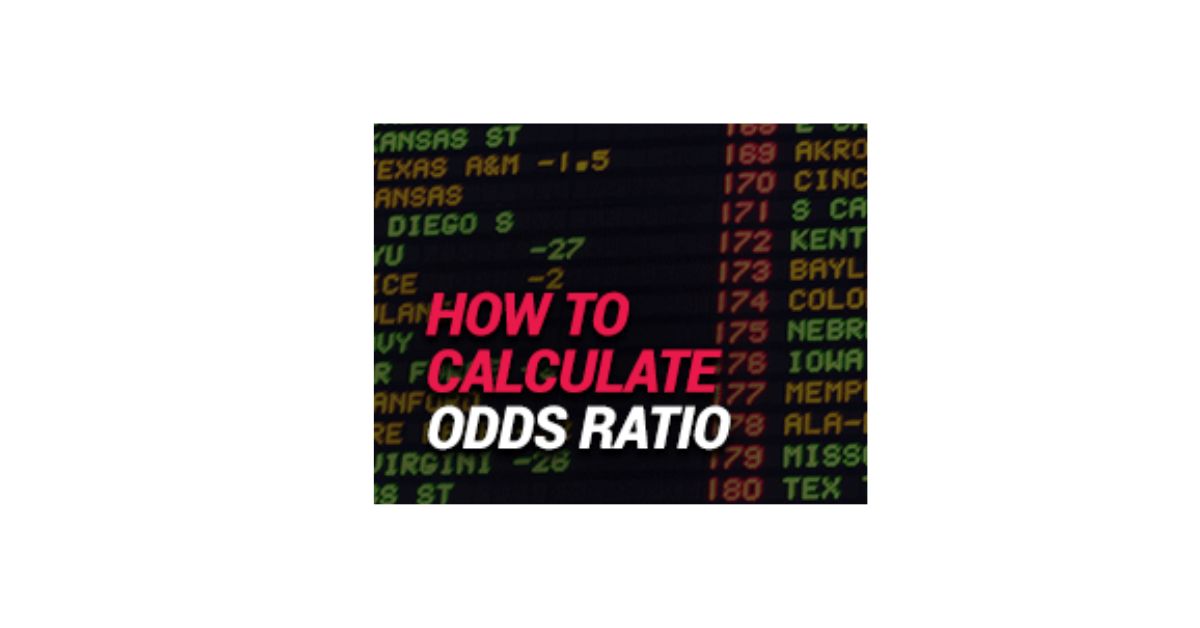Understanding Odds in Betting
Betting odds are numerical expressions used to determine the likelihood of a certain outcome in a sports event or other forms of gambling. In simple terms, odds represent the ratio between the probability of a specific occurrence happening and the probability of it not happening.
For instance, if a tennis player has odds of 2:1 to win a match, it means that for every 2 times they win, they will lose once. Understanding how to read and interpret these odds is essential for making informed betting decisions.
Understanding Probability in Betting
In the world of betting, probability plays a crucial role in determining the likelihood of an event occurring. Probability is essentially a way to quantify the chance of a particular outcome happening, expressed as a value between 0 and 1. The higher the probability value, the more likely the event is to occur, while a lower value indicates a lesser chance of it happening.
For instance, if a football team has a probability of 0.7 of winning a match, this means there is a 70% chance of them emerging victorious. Understanding the concept of probability in betting is essential for punters to make informed decisions when placing bets. By analyzing the probability of different outcomes, bettors can assess the risk and potential rewards associated with each wager, allowing them to make strategic choices that align with their desired level of risk.
Defining Odds Ratio in Betting
In the world of betting, the odds ratio is a crucial concept that helps bettors evaluate the likelihood of a particular outcome. The odds ratio represents the ratio of the probability of an event occurring to the probability of it not occurring. Essentially, it provides a numerical expression of the risk or probability associated with a specific bet.
For example, if the odds ratio for a certain team winning a match is 3:1, this means that the probability of the team winning is three times higher than the probability of them losing. Understanding the odds ratio is essential for bettors to make informed decisions when placing bets, as it allows them to assess the potential risk and reward of a bet accurately.
Calculating Odds Ratio Step by Step
To calculate the odds ratio in betting, the first step is to determine the odds of the event occurring. This can be achieved by dividing the probability of the event happening by the probability of it not happening. For example, if the probability of a team winning a match is 0.7, then the odds of them winning would be 0.7/(1-0.7) = 2.33.
The next step is to compare the odds of the event occurring with the odds of it not occurring. This is done by dividing the odds of the event happening by the odds of it not happening. Using the previous example, if the odds of the team winning are 2.33, and the odds of them not winning are 1, then the odds ratio would be 2.33/1 = 2.33. This ratio indicates how much more likely the event is to happen compared to not happening.
Interpreting Odds Ratio in Betting
When it comes to interpreting odds ratio in betting, it is essential to understand that this numerical value provides insight into the likelihood of a specific outcome occurring compared to another outcome. In the context of betting, odds ratio reflects the relationship between the probability of an event happening and the probability of it not happening.
A key aspect of interpreting odds ratio in betting is grasping the concept that a value greater than 1 indicates that the event is more likely to occur, while a value less than 1 suggests that the event is less likely to happen. Additionally, odds ratio values can also represent the magnitude of the difference in likelihood between two outcomes, enabling bettors to make informed decisions based on the level of risk they are willing to take.















